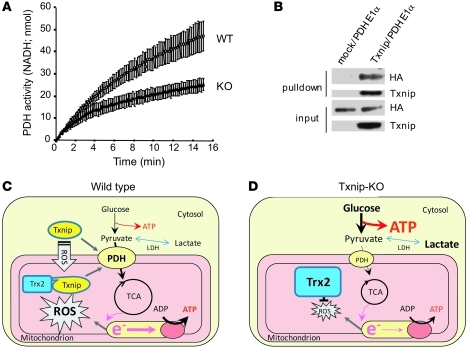Figure 8. Txnip is involved in a key switch from aerobic to anaerobic metabolism.
(A) PDH activity was measured in isolated mitochondria as the rate of NADH production at 340 nm. (B) The interaction between Txnip and PDHE1α was assessed using a Txnip pulldown assay. HA-tagged PDHE1α was pulled down with Txnip, indicative of an interaction between these proteins. (C and D) Mechanism by which Txnip deletion may achieve cardioprotection in ischemia-reperfusion injury. (C) In WT hearts, upon stimulation with ROS, Txnip translocates into mitochondria to bind to and deactivate mitochondrial Trx2. (D) In Txnip-KO hearts, Trx2 is not inhibited by Txnip, thereby scavenging ROS efficiently. Txnip deficiency also reprograms glucose metabolism to more anaerobic ATP production in association with PDH, maintaining energy homeostasis in cardiomyocytes under ischemia-reperfusion injury.

